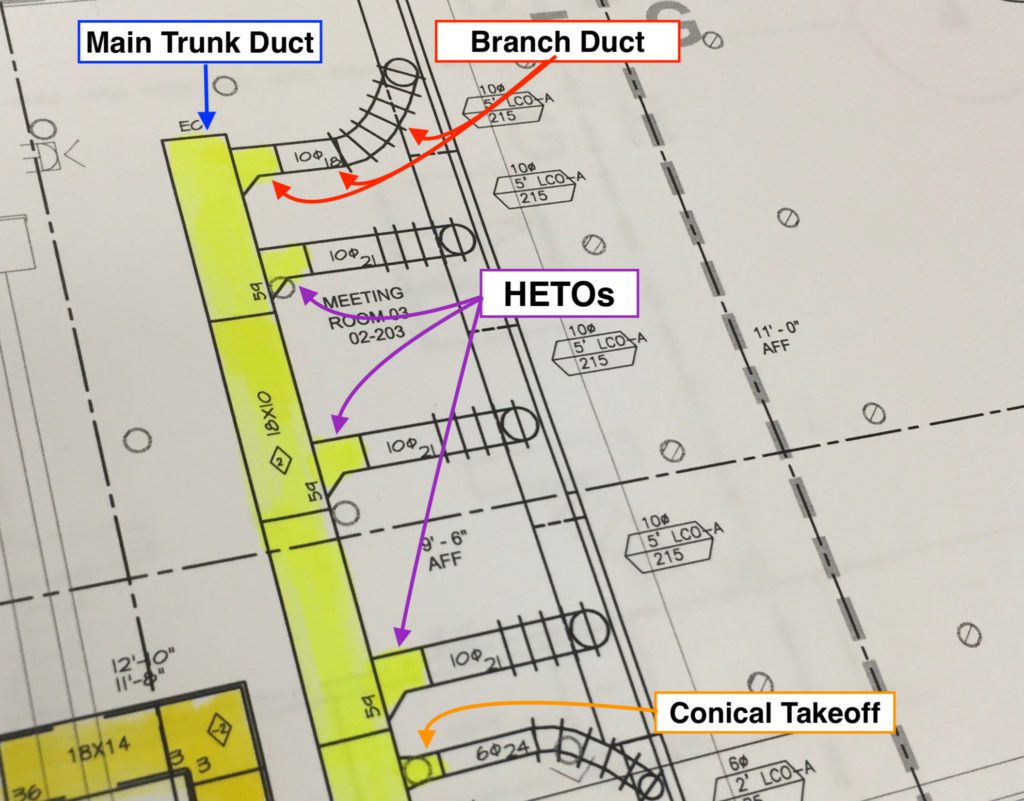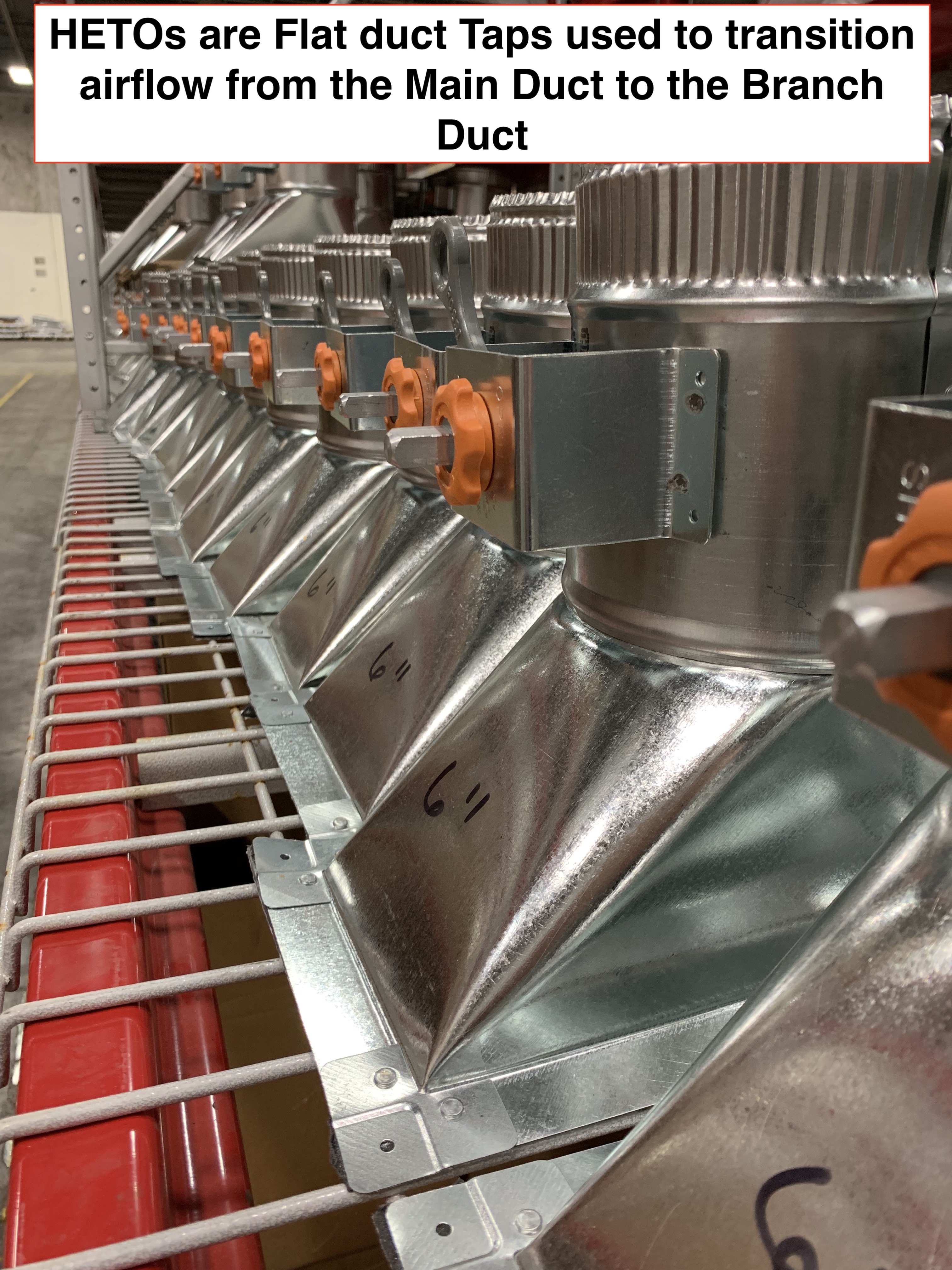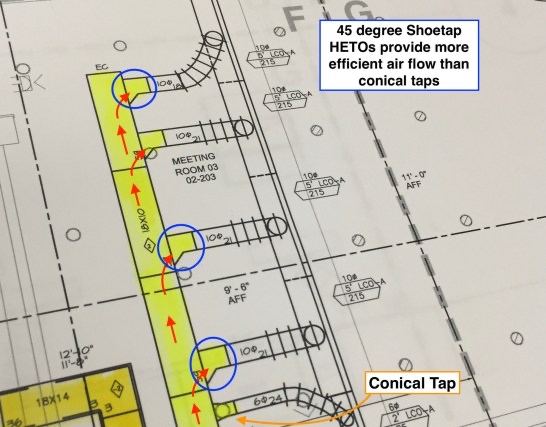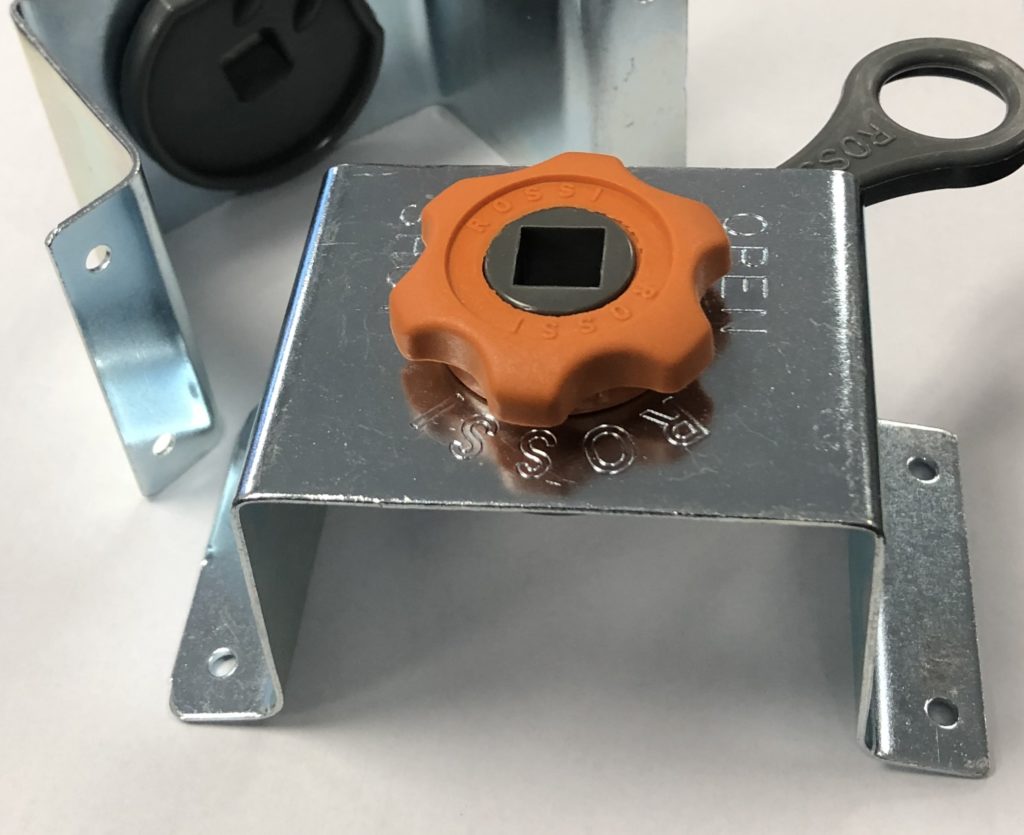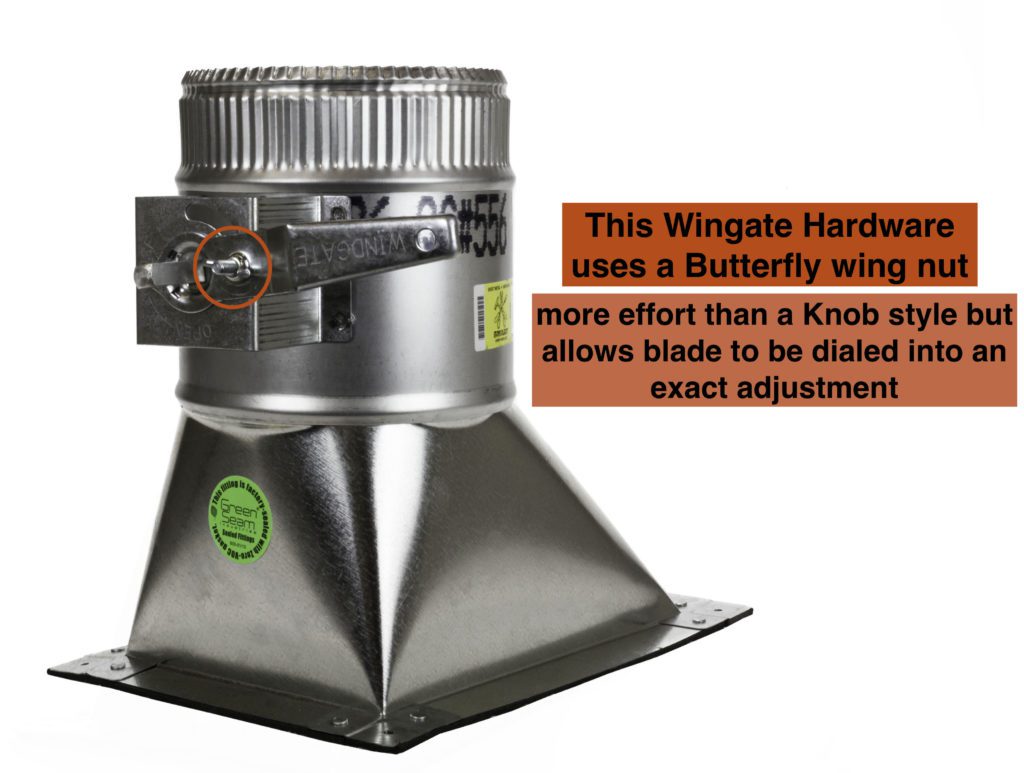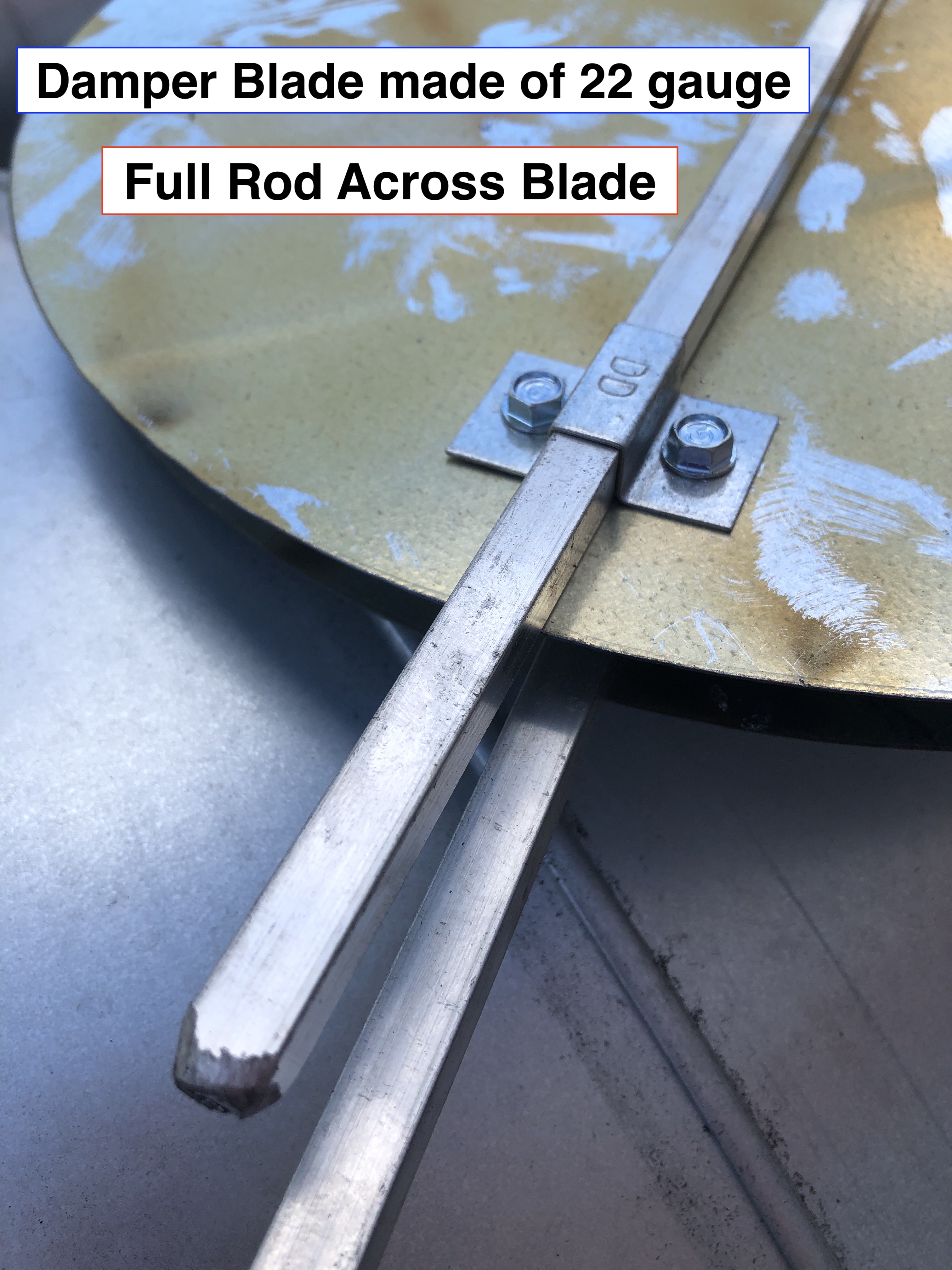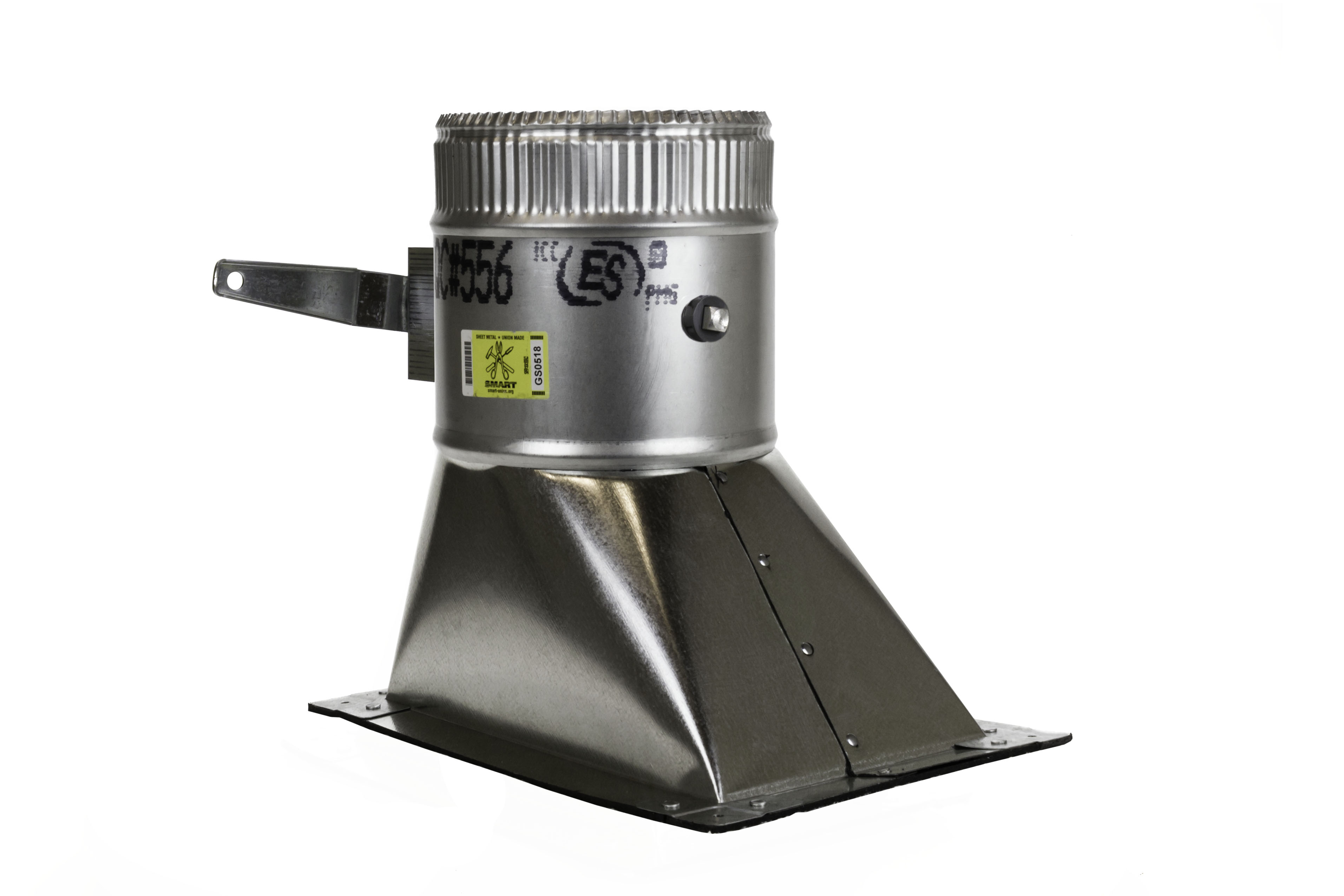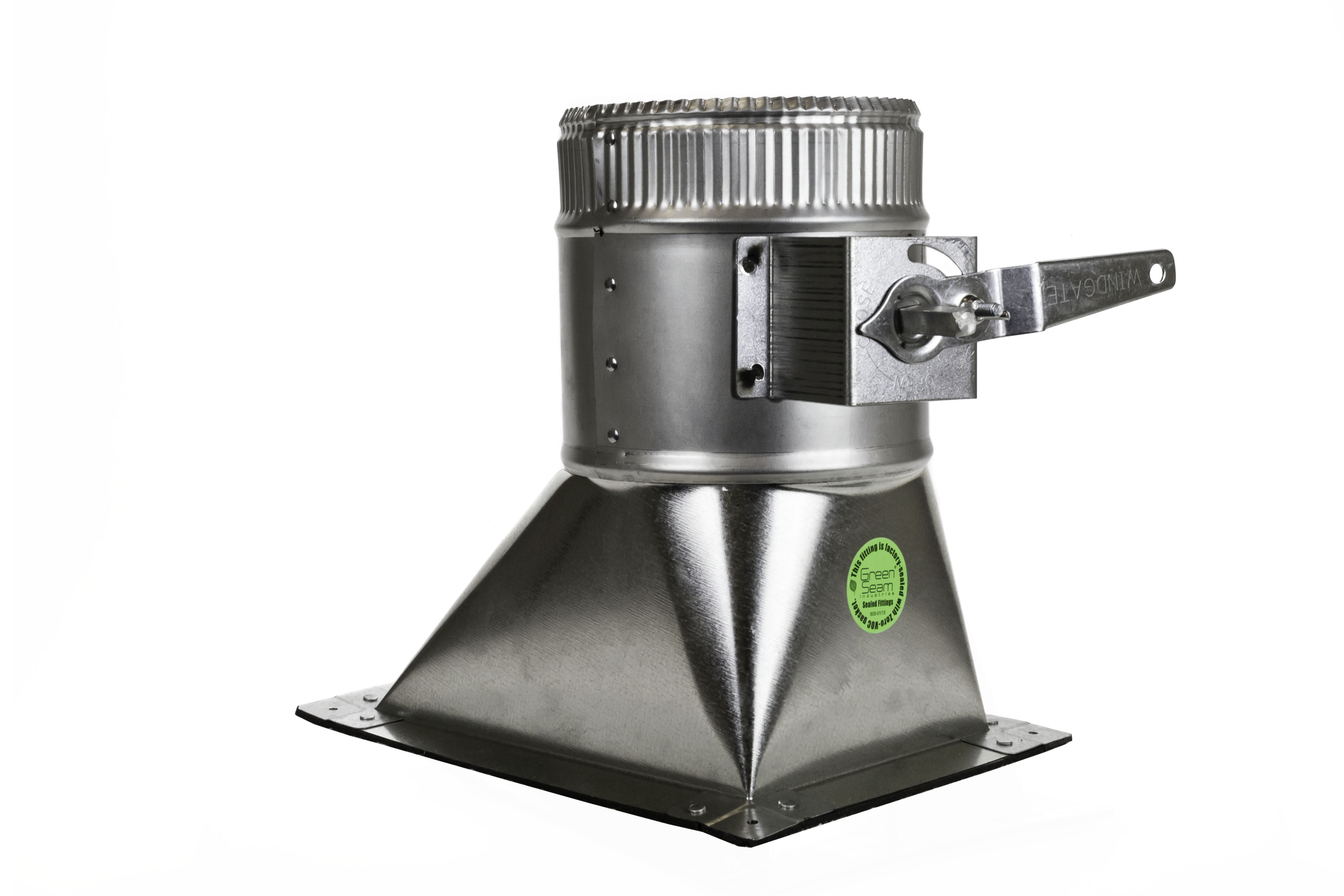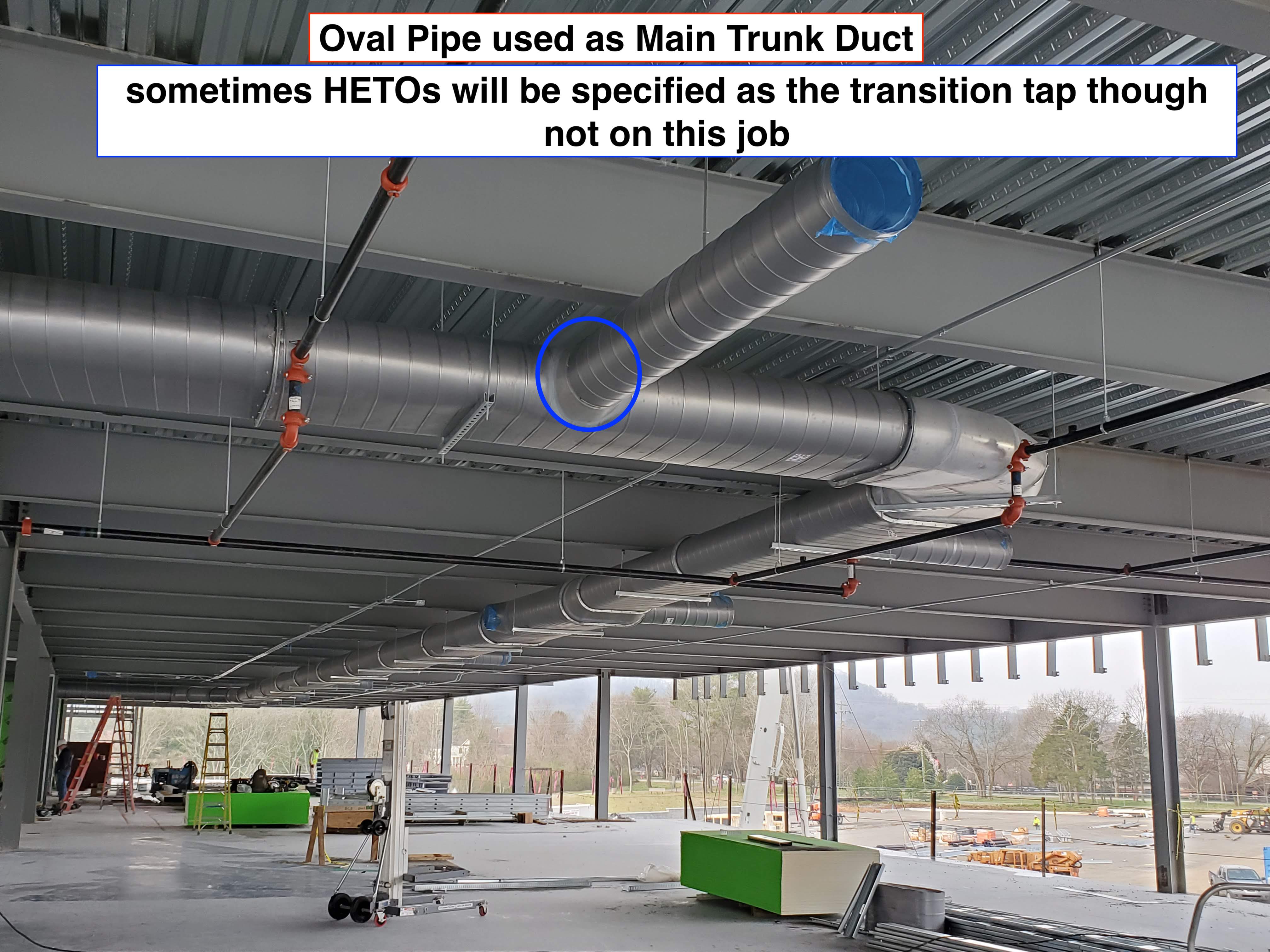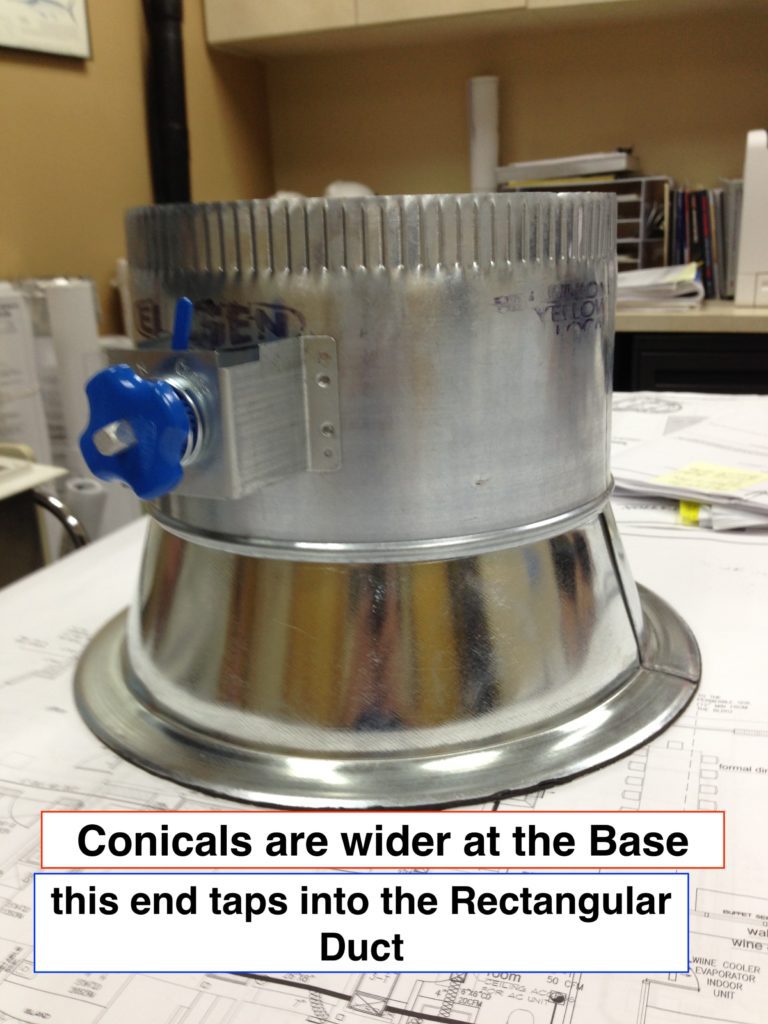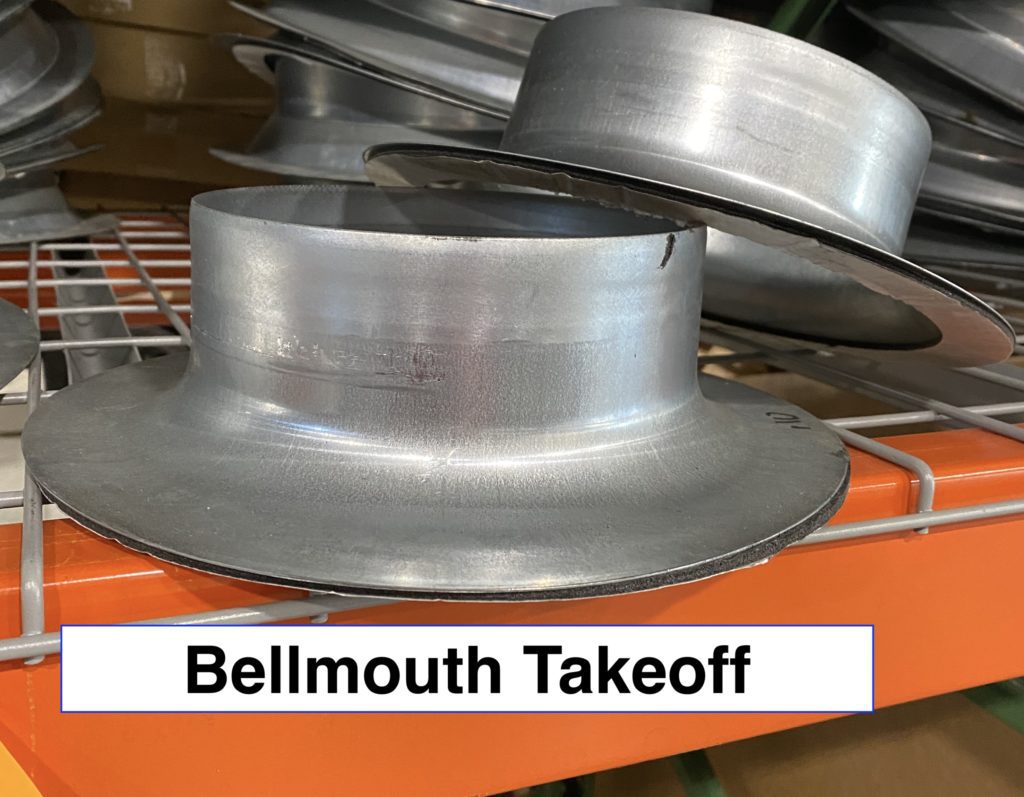HETOs in HVAC ductwork:
In commercial jobs—whether they be hospitals, office buildings, schools, theatres, arenas or airports—there is a main Trunk line (also called the Loop Duct) that extends throughout the Duct design. It’s rectangular instead of round because it’s sized larger than the downstream duct coming off of it. Rectangular is more practical than round as it affords the contractor the ability to navigate the challenges of ceiling height by stretching the horizontal sides wider and the vertical sides shorter.
This main trunk duct line disperses air along the way into Branch Duct that will then take the air into specific areas or rooms of the building.
The transition off of the Rectangular Duct to the round air distribution is done with Takeoffs that are cut into the main duct.
The takeoffs are flat on one end (the base that mounts into the vertical side of the Rectangular duct) and round on the other end (that will connect to spiral duct, round snaplock pipe or Flex Duct).
Once air moves through this takeoff and into the Branch Duct there will be less air volume as just a portion of the air moving thru the trunk line is pushing out thru the branch duct into areas or rooms of the job. But since the air is still moving rapidly thru the trunk lines at the point that the Branch Duct takeoffs are mounted, the design of the transition piece (the takeoff) is important if the engineer hopes to capture and disperse enough of the trunk line air.
To achieve this, engineers often specify a HETO for this takeoff. It’s design makes it superior to other styles of taps. It’s rectangular with a flat facing so it mounts to the duct; it also has tapered opening on one of it’s ends.
The premise for rectangular over round is the same as using Rectangular Duct instead of Round Duct on the larger Trunk Duct: more volume can be captured on a smaller space by extending the rectangular’s longer two dimensions.
And by tapering one end, the body is raised on the side upstream of the air enabling the HETO to capture a greater volume of air. The other edge has a straight 90; this keeps less air from escaping back into the main duct. It also has a round volume damper that allows for the blade to be set to a position so as to capture the desired volume of air.
During The Test and Balance (T&B) process the T&B contractor will measure the CFM’s at the grilles & diffusers and at the discharge of the fans, then adjust volume dampers and change pulleys to get the correct amount of air in the right places. Once the Dampers are set, it’s likely that they will rarely, if ever get adjusted again.
Why does a Quality HETO matter?
There are dozens of manufacturers that make HETOs. Engineers typically do not specify a brand when it comes to the Air Distribution package and thus a company that is bundling an all of the components of AD package together focuses more on the quality of the Hard Spec items like the Fans; less so on the HETOs.
But the Quality of the HETO DOES in fact matter a lot. It’s the first point of entry in the Branch Duct. From the T&B company’s perspective a durable and easy to adjust Standoff hardware are factors that allow them to do their job better.
But once they do their job, there’s more chance of it coming undone if the Damper Blade is a lighter gauge galvanized or there’s not a full rod attached to the blade or the dial adjustments pop loose easily.
No one wants to hear a rattling sound coming from the duct work but no one certainly wants to take a chance that the Blade might come out of adjustment and thus the efficiency of the system is in jeopardy.
Are HETOs only for Rectangular Duct ?
HETOs have traditionally been associated with Flat Duct because they are tapping into the Rectangular Trunk Lines where the highest volume of air pressure flows. But a shoetap HETO can also have a rounded base and there’s an increase in these on engineer drawings that used to automatically go with a standard saddle tap. There’s also a slight increase in Oval Pipe and even Large Diameter Round Spiral being used as the Main Trunk Lines upstream of the VAV boxes/terminal units. This would likely have a HETO spec and it would have to have a rounded base.
What other Takeoffs are used for this application in commercial jobs?
Conicals and Bellmouths are also commercial Takeoffs but their design isn’t a “High Efficiency” one.
A Conical is undoubtably more efficient than a standard Airtite Round takeoff because it’s wider at the base where it taps into the Flat Duct (and then narrows down to the pipe or flex duct size it’s branching off to).
Jobs will frequently have Conicals (Round to Round) even if they have HETOs. One main reason being because they are “dunce proof” and not a directional Takeoff like the shoetap style (if you install a HETO the wrong direction it defeats the purpose).

